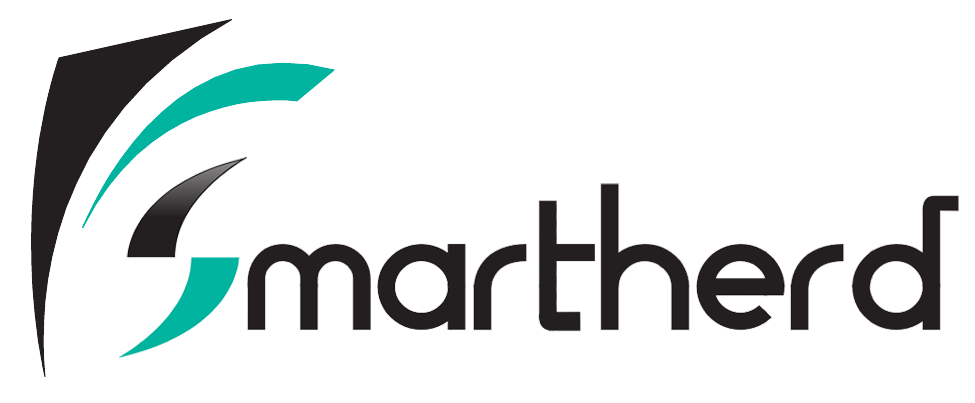Java Development Editors, IDE, and Platforms
Overview
In this article, you will learn about different Java Development Editors and their features. In the previous section, you learned about the features of Java and the various applications running on a Java platform.
Java has got interesting and powerful features. As a result, it is capable of writing efficient cross-platform applications.
In this section, you will learn about different Java editors and their features. It will help you decide which editor to use on your local system.
What is an Integrated Development Environment (IDE)?
IDE is a software that integrates various tools to provide an efficient and enhanced environment for developing a program. It combines multiple tools required for coding in a single platform.
Basic tools required for software development:
- Source Code Editor:
A coder writes and edits the program in an editor. It is very much similar to a text editor. Many editors provide features like syntax coloring, highlights, line numbering etc. These features help to write programs in a uniform and proper way.
- Code Libraries and Code Search:
IDEs provide different class usages, declarations and inbuilt libraries to aid programming. This ensures the efficient use of inbuilt methods.
- Compilers and Interpreters:
These are used to help the system understand the source code.
Compilers translate the source code to machine code. The computer executes this machine code to give results.
Whereas, the interpreters directly execute the code line by line without converting into machine code.
- Debuggers:
The debugger tests the programs to detect errors, bugs and helps to fix them. In fact, most modern IDEs have intelligent code completion.
An IDE integrates all of these tools in a single platform. It simplifies software development. Moreover, it can prevent coding mistakes, provide shortcuts as well as manage resources.
IDEs for java:
There are a lot of Java development editors aka IDEs suitable for Java Programming. Most programmers prefer Eclipse and NetBeans.
1. Eclipse:
- Eclipse is the most popular Java IDE rules the digital market. However, it can also help developers to test and code in other programming languages.
- This IDE consists of a workspace and various plug-ins for creating a perfect platform to develop a code.
- It supports all the popular OS like Windows, Mac, Linux, and Solaris operating systems.
It is a free and open source. You can download it from here.
2. NetBeans:
- NetBeans IDE provides an environment for developing desktop, mobile and web applications.
- It is written in Java.
- It can be run on all the popular OS like Windows, Mac, Linux, and Solaris operating systems.
- The IDE supports many programming languages like Java, Python, HTML, JavaScript, PHP, C/C++.
- Further, it allows working with a cloud application, user interface management, storage management etc.
It is also a free and open source. The software is available here.
3. IntelliJ IDEA:
- This IDE is also an efficient platform for program development.
- It has supporting features like code assistance, built-in tools, plug-ins.
- It supports a wide variety of languages. For instance, it supports Java, Groovy, Kotlin.
- It also supports other languages like Dart, Perl, XML, Python etc. via plug-ins.
- It supports all the popular OS like Windows, Mac, Linux, and Solaris operating systems.
- IntelliJ IDEA has launched an open source version of the editor called IntelliJ IDEA Community Edition.
You can get the open source version from here.
4. BlueJ:
- BlueJ is also an IDE for the Java programming language.
- It is developed mainly for educational purposes, for introductory programming learning and teaching.
- However, it is also suitable for small-scale software development.
- It supports all the popular OS like Windows, Mac OS X, Linux, and other platforms running on Java.
- We can also run BlueJ from a USB stick without requiring to install it.
You can get the open source version from this link.
5. JDeveloper:
- JDeveloper provides an environment to simplify the development of applications.
- This IDE addresses every step of the development life cycle. The life cycle phases include coding, debugging, optimizing and creating a deployment profile.
- It also supports visual editor for HTML, JSP, and swing. Thus it immediately reflects code changes in the visual view.
You can find more about this software here.
6. DrJava:
- DrJava is a simple and interactive Java development editor for developing applications.
- It simplifies coding with its various interactive features like line numbering, syntax highlighting, comment insertion autocompletion etc.
- With all the above features, the IDE provides a platform for learning introductory programming. For this reason, it is very much helpful for students.
You can find more about this IDE here.
To sum up, this was all about the various Java editors available in the market. Although Eclipse and NetBeans are mostly preferred by developers, you can choose any editor according to your convenience.
To know more about the editors, you can click on the links provided. These links will take you to the official page of the Java editor. You can also download the available versions from those sites.
Personally, I prefer Eclipse to all other IDEs and use it to develop Java programs. And I would love to provide a detailed guide on how to install JDK and Eclipse.
In the next article, we will discuss all the steps required to install Eclipse on your system. A detailed guide along with screenshots have been provided to help you understand it better.
